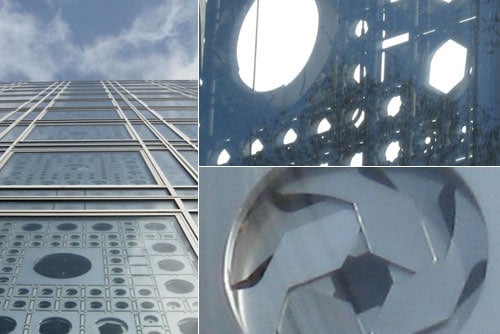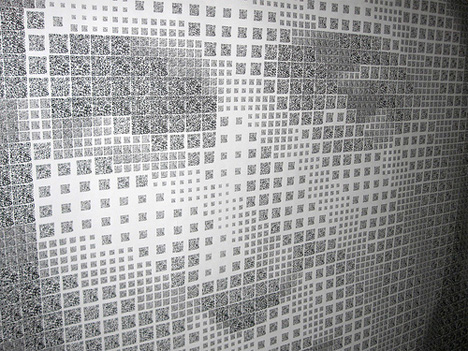After the one to one scale tryout I had to make one to five scale prototype using laser cutter. I had to see the shape and how a chair can become a daybed when more parts are added.
I cut different shapes of backs to decide how it should look like. All of them were to square and reminded garden furniture. That wasnt what I wanted at all. Horrible.
The only good thing that came out of that were the wedges. I tried different shapes.
When it became a day bed it became even more horrible. It were to many parts, it became heavy and the result were not justifying so many parts.
Then I thought that maybe its better to have backless seat. It reduces the weight and this one can serve as a storage place (the pipe). But I still had a problem with how the bed looks like.
after speaking with some people I knew I have to change the bed. I still wanted that my chair will be able to transform to something else. So I thought about a coffee table.
Now I could play with the shape more since Im not limited with legs width.
I started to sketch from cardboard
Now it was decided: Backless rocking low chair that becomes a table. The legs are very simple. You can just put them under the chair legs. Detailed pictures will come..
Now I have to decide on the shape. The silhouette of the chair. It should speak furniture and not a toy, But not a square either. How to find the balance. Tomorrow I will look at rocking armchair silhouettes. Its interesting how we recognize objects by their silhouettes and even a small shift can provoke totally different association.



































